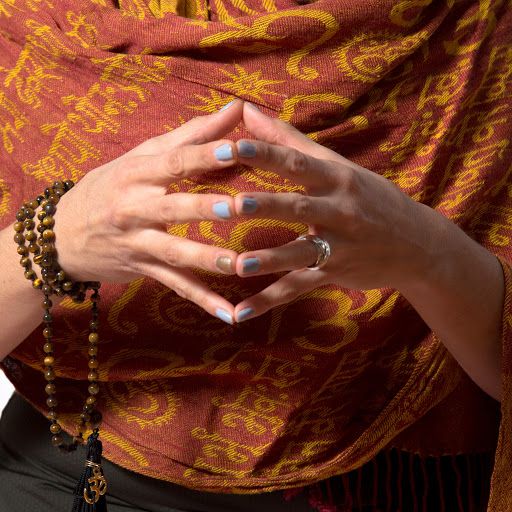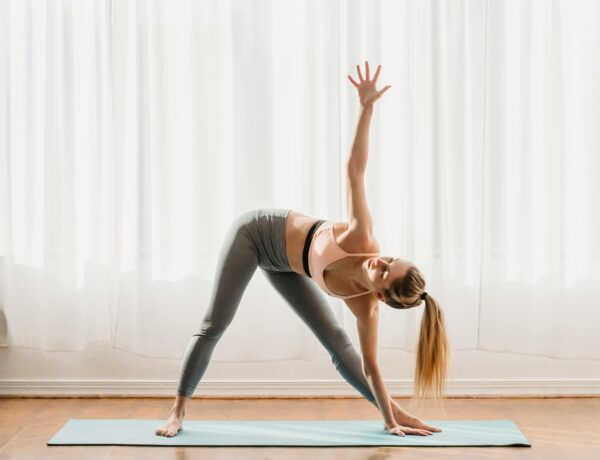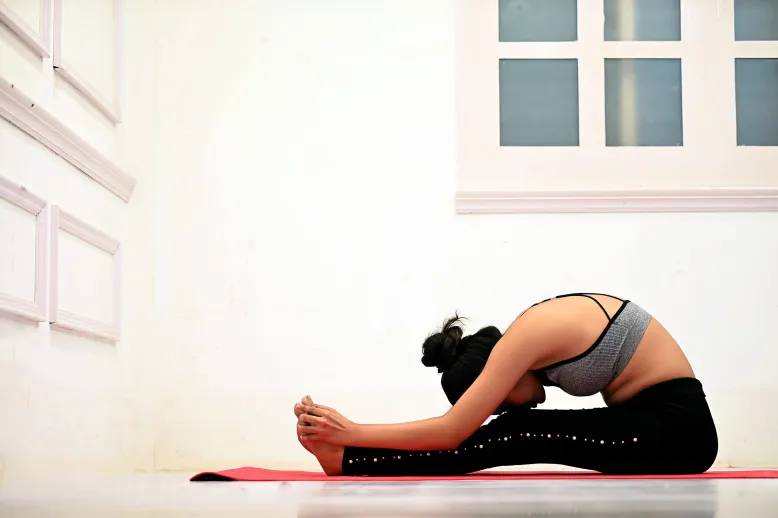
Hakini Mudra, an ancient yogic hand motion, is the key to reaping significant mental and spiritual benefits.
Hakini Mudra, derived from the Sanskrit term “mudra,” which means “seal” or “gesture,” is a simple yet effective technique that balances the mind and improves cognitive abilities. In this complete guide, we’ll look at the origins, advantages, and appropriate technique for doing Hakini Mudra.
Table of Contents
ToggleWhat is Hakini Mudra?
Hakini Mudra is a symbolic and therapeutic hand gesture that combines the tips of all fingers to form a pyramid-like structure. The mudra is related to the Ajna Chakra, also known as the Third Eye Chakra, which is regarded as the seat of intuition and perception in yogic philosophy.
Origin of Hakini Mudra
The origin of Hakini Mudra can be traced back to ancient yogic and spiritual traditions in India. Mudras, in general, are symbolic hand gestures that are used in various spiritual practices, including yoga and meditation. Each mudra is believed to have specific effects on the body, mind, and spirit.
The term “Hakini” itself has roots in Hindu mythology, where Hakini is considered a goddess associated with the Ajna Chakra, also known as the Third Eye Chakra. The Third Eye Chakra is believed to be the center of intuition and higher consciousness in yogic philosophy.
The practice of Hakini Mudra involves joining the fingertips in a specific manner to create a hand gesture that resembles a pyramid or steeple. The exact hand positioning and the symbolism behind the mudra are often associated with the idea of balancing and unifying the energy in the mind.
As with many mudras, the origin of Hakini Mudra is deeply intertwined with the spiritual and philosophical aspects of Indian culture. It’s a gesture that goes beyond physical form, aiming to connect the practitioner with higher states of awareness and inner harmony.
Benefits of Hakini Mudra
Increased Focus and Concentration:
Hakini Mudra helps channel mental energy, leading to improved concentration and heightened focus. Regular practice can be especially beneficial for individuals facing challenges in maintaining attention during tasks.
Reducing Stress:
Hakini Mudra helps to reduce tension and soothe the nervous system by bringing the mind into harmony. It functions as a natural treatment for the stresses of everyday living.
Memory Improvement:
The benefits of the mudra on memory and cognitive function are well known. It causes cerebral stimulation, which improves memory and retention.
Balanced Emotions:
This mudra helps regulate emotions, promoting a sense of balance and tranquility. It is particularly beneficial for those dealing with emotional imbalances and mood swings.
How to do Hakini mudra:
- Sit in a comfortable meditation posture.
- Relax your shoulders and take a few deep breaths to center yourself.
- Bring your hands up to the level of your forehead.
- Join the tips of all fingers, creating a steeple-like formation.
- Maintain a gentle pressure between the fingertips.
- Close your eyes and focus on your breath, allowing your mind to settle.
- Hold the mudra for 5-15 minutes, gradually increasing the duration as you become more accustomed to the practice.
Frequently Asked Question
Hakini Mudra is used in yogic and meditative practices to enhance concentration, reduce stress, improve memory, and foster clarity of thought.
Associated with the Third Eye Chakra, it is believed to promote mental and spiritual well-being, making it a valuable tool for those seeking inner harmony and heightened awareness.
Hakini Mudra practice durations vary based on individual preferences and experience.
Beginners start with 5 minutes, intermediates aim for 10-15 minutes, and advanced practitioners can last up to 20 minutes or longer, depending on personal comfort.
Hakini Mudra is generally safe, but prolonged practice may lead to physical discomfort or mental fatigue.
Individuals with certain medical conditions should consult professionals before attempting.
Emotional release may occur in some, and modifications can be made based on personal comfort.
You can perform the Hakini Mudra at night to help relax and reduce tension. It may be included into nighttime routines, with length and posture modifications to accommodate personal preferences.




No Comments